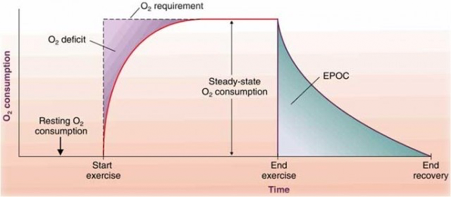A common misconception for many gymgoers is the idea that performing tons of cardiovascular exercise is the only way to lose weight effectively. Of course, a good nutrition plan focusing on a calorie deficit is critical to weight loss, too, particularly when complimented with a regular exercise routine. However, strength training is also beneficial to sustained weight loss and should be incorporated into any weight loss program. This week’s blog aims to highlight those benefits and challenge some of the misconceptions that strength training has on someone’s ability to lose weight.
Committing to a regular strength training program will not only improve muscular strength and tone, but also increase lean muscle mass. Increasing lean muscle mass will enable your body to burn more calories at rest – increasing your basal metabolic rate (BMR). In simple terms, the more muscle you have, the higher your metabolism! Cardiovascular exercise still has an integral role to play in weight loss. With a carefully thought out program, you tend to burn more calories DURING a cardiovascular exercise session compared to strength training. However, research has shown that you burn more calories AFTER a strength training workout than cardiovascular exercise [1, 2, 3]. This ‘afterburn’ effect is referred to as excess post-exercise oxygen consumption, or, EPOC for short. The image below shows EPOC in graphical form, specifically the blue shaded area. For simplicity, think of EPOC as a short-term boost to your metabolism. Following an intense bout of strength training, such as one with minimal rest that keeps your heart rate elevated, your EPOC will go up and shift further to the right of the graph below, resulting in more calories being burned after your strength workout. Research has demonstrated that resting metabolism may stay elevated for up to 38 hours following a strength training workout [3].

In summary:
- Strength training is important for effective and sustained weight loss;
- Cardiovascular exercise burns more calories DURING, while strength training burns more calories AFTER your workout;
- Increasing lean muscle mass allows your body to burn more calories in the hours after your workout and at rest.
- For best weight loss results, it is best to perform both cardiovascular exercise and strength training.
References
- Greer, B. K., Sirithienthad, P., Moffatt, R. J., Marcello, R. T., & Panton, L. B. (2015). EPOC comparison between isocaloric bouts of steady-state aerobic, intermittent aerobic, and resistance training. Research Quarterly for Exercise and Sport, 86(2), 190-195.
- Melby, C., Scholl, C., Edwards, G., & Bullough, R. (1993). Effect of acute resistance exercise on postexercise energy expenditure and resting metabolic rate. Journal of Applied Physiology, 75(4), 1847-1853.
- Schuenke, M. D., Mikat, R. P., & McBride, J. M. (2002). Effect of an acute period of resistance exercise on excess post-exercise oxygen consumption: implications for body mass management. European Journal of Applied Physiology, 86(5), 411-417.




